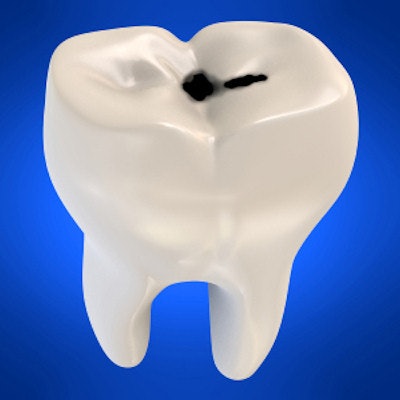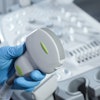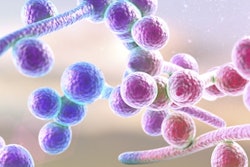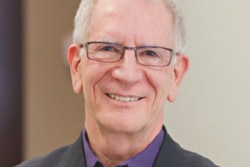
Would telling your patients that carious pathogens are lurking between their teeth spur them to take brushing and flossing more seriously? The first study to measure the presence of specific bacteria and fungus in interdental biofilms may allow you to do just that.
Researchers collected biofilms from four interdental sites in 25 caries-free adults and found that species of Streptococcus and Lactobacillus bacteria were present at all the sites, while Streptococcus mutans was found at 28% of the sites. The findings led the authors to suggest that even caries-free adults need to try to remove these pathogens by flossing and interdental brushing.
"The results of this research can be used to considerably improve the dental condition of adolescents and young adults," the study authors wrote (PLOS One, October 10, 2017). "Standard dental therapy does not yet include any microbiological-based approach into its armamentarium."
The lead study author was Denis Bourgeois, PhD, of the department of prevention and public health at the University Lyon Faculty of Dentistry in France.
Interdental biofilm
There may be more than 2 billion untreated caries worldwide, but the condition is most prevalent in adults younger than age 35, according to the study authors. Therefore, a comprehensive study of the composition of the oral microbiota is fundamental for a better understanding of the etiology of interdental caries and how to stop or prevent them, they noted.
At the time of the study's publication, no other studies have addressed the composition of the interdental biofilm of caries-free adults, and it remains unclear which microorganisms positively or negatively impact patients clinically, according to the authors.
And in terms of oral health, the interdental space represents a very specific location that is difficult to brush and includes many bacterial species, they added.
"It is not only the location where periodontal diseases such as gingivitis and periodontitis are initiated but also the location of the initiation of interproximal caries," the authors wrote.
The study included 25 caries-free, Caucasian subjects (15 men, 10 women). All were between the ages of 20 and 35. The patients had a Healthy Eating Index of 80 or greater, and, interestingly, they had no experience with flossing or interdental cleaning. The patients had a decay, missing, and filled teeth (DMFT) index of 0.
The researchers collected interdental biofilms from four interdental sites: between teeth 15-16, 25-26, 35-36, and 45-46. They measured the presence or absence of species of Streptococcus, S. mutans, Lactobacillus, Enterococcus, and Enterococcus faecalis bacteria; the fungus Candida albicans; and total bacteria.
Their findings are shown in the chart below.
| Abundance of bacteria and fungus in caries-free patient mouths | |
| Genus/species | Presence in patient mouths (%) |
| Streptococcus | 100% |
| Lactobacillus | 100% |
| Enterococcus | 99% |
| S. mutans | 28% |
| C. albicans | 11% |
| E. faecalis | 0% |
Strong argument
The authors noted that the limitations of their study included the small number of subjects and that all patients were identified as Caucasian.
However, the potential involvement of these pathogens found in the interdental spaces in systemic diseases was a "strong argument" in favor of taking into consideration the need to disrupt the [interdental] biofilm in oral prophylaxis, the authors concluded.
"The results can be used to make decisions with respect to molecular analyses for new policies covering the provision of services instituting new procedures (for example, microinvasive treatment of proximal caries lesions), practices and interventions (for example, noninvasive professional treatment), or to provide advice for prevention (how to use an interdental brush) related to dental healthcare delivery," they wrote.



















